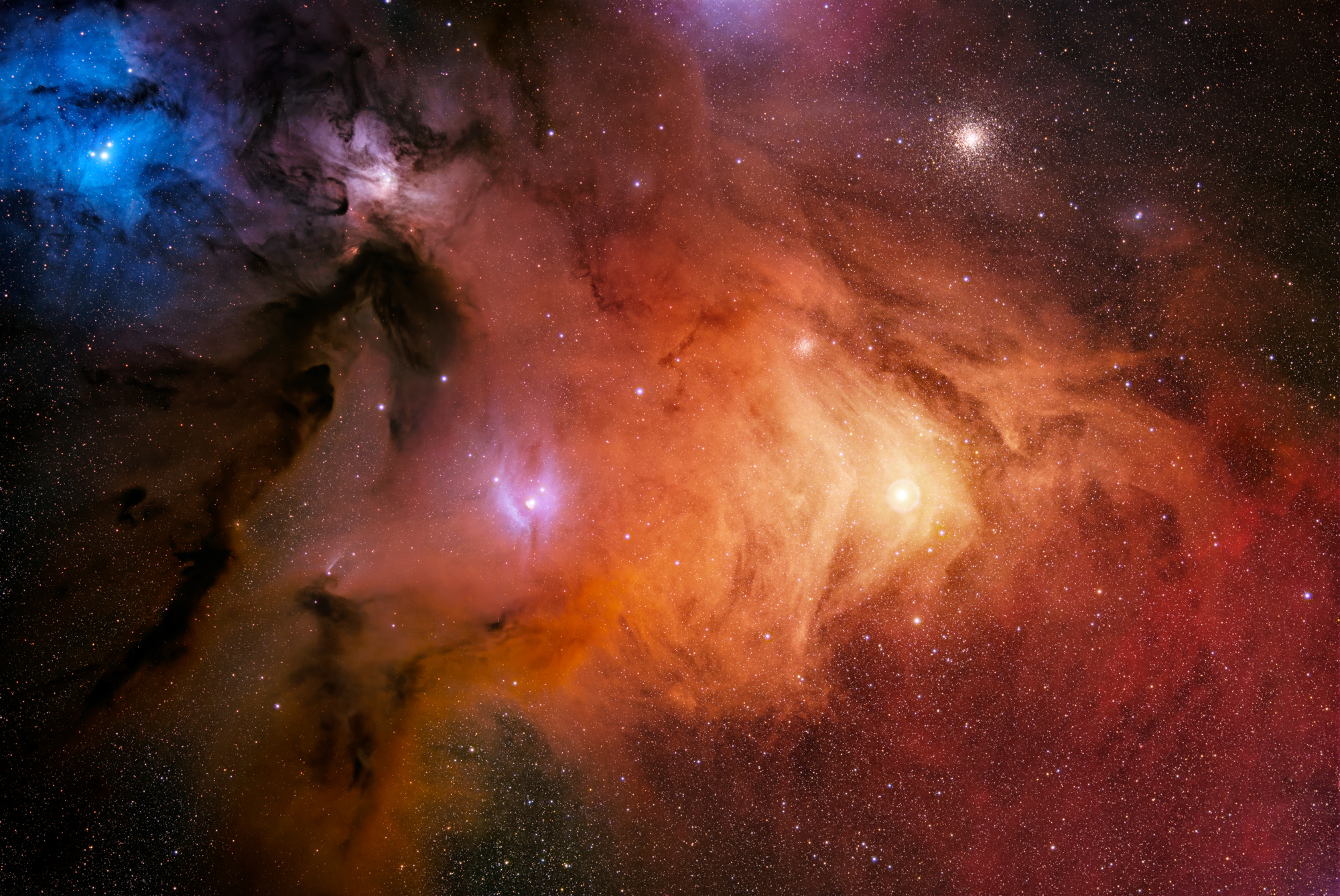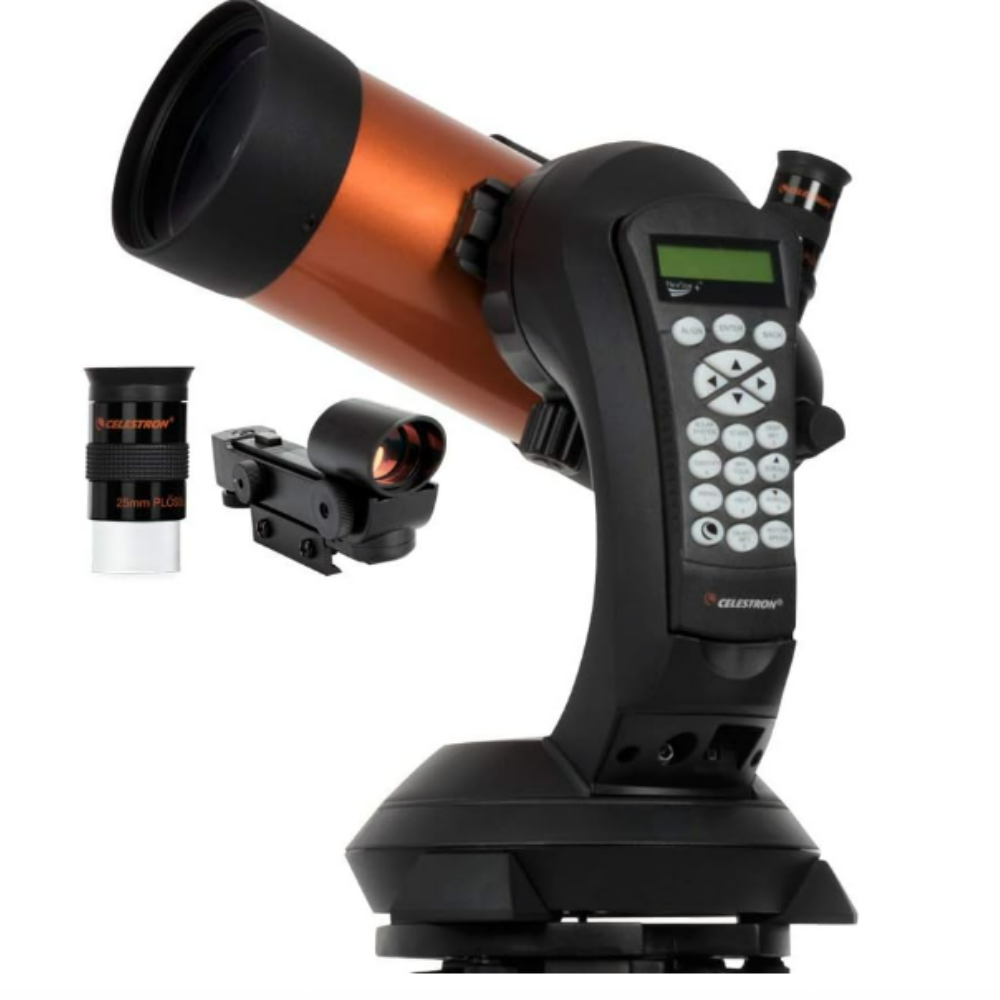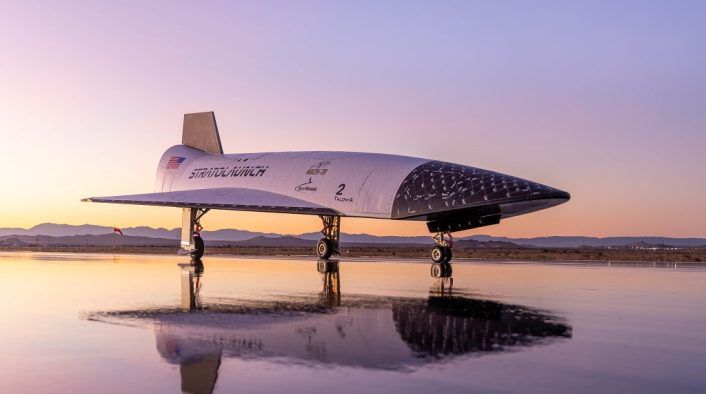
Astrophotographer Greg Meyer captured a breathtaking view of the Rho Ophiuchi stellar nursery and Messier 4 globular cluster while attending a stargazing event in Texas last month.
Meyer used a thermoelectrically cooled monochrome astronomy camera mounted on a compact Radian Raptor 61mm telescope to snap 177 separate three- to five-minute exposures of the vast interstellar cloud. All told, it took a grand total of 14 hours and 45 minutes to image Rho Ophiuchi with a series of red, green, blue and luminance filters during the 2025 Texas Star Party stargazing event, which took place from April 20 to April 27.
The resulting data was then expertly processed using the astrophotography software PixInsight, alongside Adobe Lightroom and Photoshop to create a rich interstellar vista of swirling gas clouds, and dark, dusty filaments.
TOP TELESCOPE PICK:

Want to explore wonders of the solar system and the stars beyond for yourself? The Celestron NexStar 4SE is ideal for beginners wanting quality, reliable and quick views of celestial objects. For a more in-depth look, see our Celestron NexStar 4SE review.
"A favorite among astrophotographers, I wanted to try it from a dark sky area, and I was at the Texas Star Party in April 2025," said Meyer in an email to Space.com discussing his observation of Rho Ophiuchi. "This object was rising after midnight with the Milky Way, so [I] was able to get some good data with my portable rig for several clear nights."
The Rho Ophiuchi nebula system is the closest star-forming region to Earth, and as such has come under the scrutiny of both the Hubble Space Telescope and the James Webb Space Telescope in recent years.
Brightest among the stars captured in Meyer's colorful portrait is the aging red giant Antares, which can be found illuminating the right hand side of the cosmic vista. Above Antares near the top of the frame is the famous Messier 4 globular cluster, which is estimated to be home to some 100,000 stellar bodies, according to NASA. Another dense city of stars designated NGC 6144 can be spotted to the upper left of Antares, while the bright stellar trio of Rho Ophiuchi B, C and D appear to illuminate the surrounding cloud structure at the top left of the image.
As is almost always the case when dealing with deep sky objects, the different elements comprising Meyer's scene are nowhere near as close to one another as they appear. For example, NASA estimates that Rho Ophiuchi is located some 390 light-years from Earth, while Antares — which appears to be totally enveloped in the nebulous structure — is roughly 550 light-years away. Messier 4, meanwhile, is even more remote, sitting some 5,500 light-years from our planet.
Editor's Note: If you are interested in sharing your astrophotography with the readers at Space.com, please send your photo(s), comments, and your name and location to spacephotos@space.com.
.png)
 German (DE)
German (DE)  English (US)
English (US)  Spanish (ES)
Spanish (ES)  French (FR)
French (FR)  Hindi (IN)
Hindi (IN)  Italian (IT)
Italian (IT)  Russian (RU)
Russian (RU) 







Comments